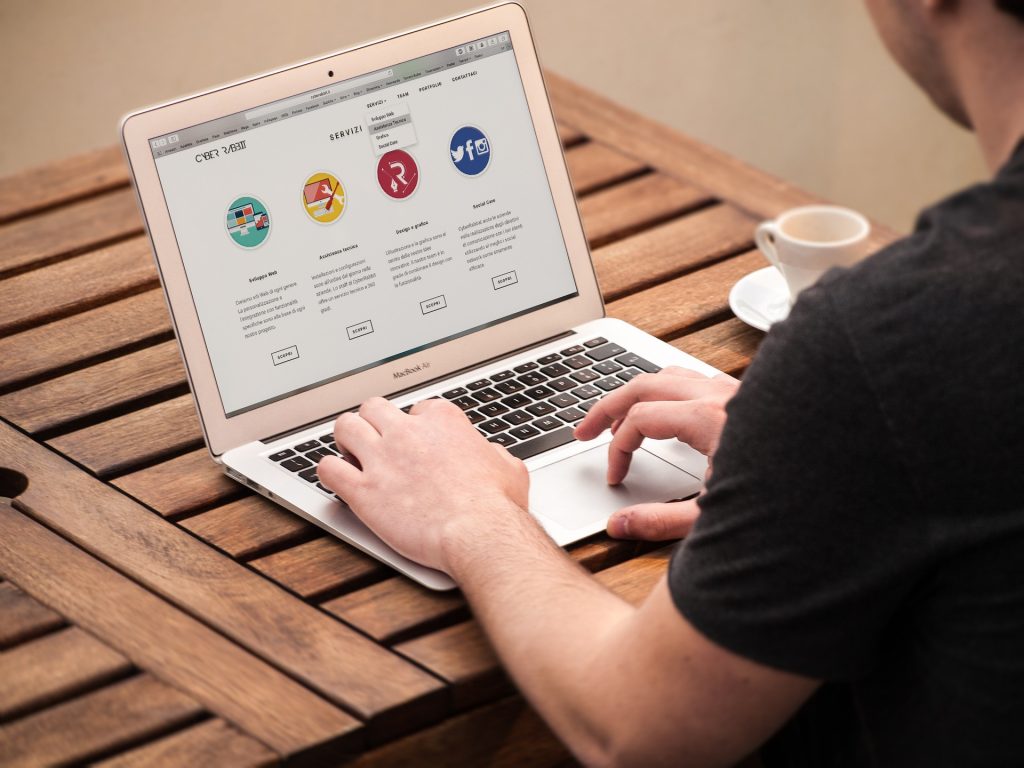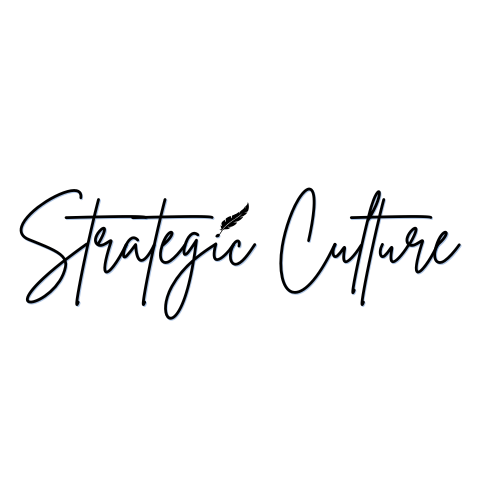Building a website can seem like a daunting task, especially if you’re new to web development. But with the right approach, you can create a professional and functional website without needing to be a coding expert. Whether you’re starting a blog, setting up an online store, or creating a portfolio, the following tips will help you build your website more easily, quickly, and efficiently.

1. Use a Website Builder (No Coding Required)
The first step to making the process easier is using a website builder. These platforms are designed for beginners and allow you to create a website through drag-and-drop tools—no coding skills required. Some of the most popular website builders include:
– Wix: Known for its easy-to-use drag-and-drop interface and customizable templates.
– Squarespace: Offers beautiful, design-centric templates perfect for portfolios, blogs, and small businesses.
– WordPress.com: A user-friendly version of the popular WordPress platform, perfect for blogs and websites with customizable themes.
– Shopify: If you’re looking to build an eCommerce site, Shopify is a simple and efficient tool for setting up an online store.
Why It Works:
Website builders provide ready-made templates, customizable designs, and a simple interface, making the website-building process a breeze. Many offers free trials or free plans, so you can experiment before committing.

2. Start with a Template (Save Time on Design)
When you’re building a website from scratch, designing the layout and visuals can take a lot of time. Fortunately, most website builders come with pre-designed templates that you can easily customize to match your brand or personal style.
– Choose a Template That Matches Your Goal: Whether you’re building a blog, portfolio, or business site, there are templates specifically designed for each purpose. Select a template that already has the structure you want, and you can modify it to suit your needs.
– Customize the Template: You can change colors, fonts, images, and the layout of various sections without needing to start from scratch. This saves you the headache of figuring out design principles and coding elements yourself.
Why It Works:
Templates provide a solid foundation that’s professionally designed, so you don’t have to worry about making design decisions or reinventing the wheel. They speed up the process significantly.
3. Focus on Simple Navigation and User Experience
One of the most important aspects of any website is **user experience (UX)**. If your website is difficult to navigate or hard to understand, visitors will leave quickly. To make the building process easier—and more effective—keep these tips in mind:
– Keep the Navigation Simple: Limit the number of menu items to the essentials (Home, About, Contact, etc.). Use clear labels for each section and ensure they link to the most important pages on your site.
– Use a Clean Layout: Avoid cluttering your pages with too much information or too many design elements. A clean, minimalistic design is often more user-friendly and attractive.
– Mobile-Friendly Design: Make sure your website is responsive, meaning it looks good and works well on mobile devices. Most website builders offer mobile-responsive templates by default, but it’s still essential to check.
Why It Works:
A simple, well-organized website helps users find what they’re looking for without confusion. A good user experience also encourages visitors to stay longer and return, which can improve your site’s effectiveness and even your SEO rankings.
4. Optimize for Speed and SEO (Search Engine Optimization)
Building a beautiful website is only part of the equation. You also want it to be easily discoverable and fast to load. Here are two important areas to focus on:
– Website Speed: A slow website can drive visitors away and hurt your search engine rankings. To improve speed, compress images before uploading them, remove unnecessary plugins, and choose a fast web hosting service.
-SEO Best Practices: Optimizing your website for search engines helps improve visibility on platforms like Google. Make sure you use relevant keywords in your titles, meta descriptions, and headings. Most website builders have built-in SEO tools to help with this.
Why It Works:
Optimizing for speed ensures a better user experience, while SEO optimization helps your website rank higher in search results, making it easier for people to find your site online.
5. Don’t Forget About Content (Quality is Key)
The content you create is what will ultimately engage visitors and keep them coming back. Whether you’re writing blog posts, product descriptions, or “About Us” pages, your content needs to be clear, valuable, and aligned with your goals. Here’s how you can make content creation easier:
– Plan Your Content: Before you start writing, take time to map out the pages and content you’ll need. This includes text, images, videos, and any downloadable files. Organize your content around your website’s purpose, whether it’s sharing information, selling products, or promoting services.
– Use Engaging Copy: Make sure your copy is compelling and encourages visitors to act, whether that’s signing up for a newsletter, buying a product, or contacting you.
– Add Visual: High-quality images, graphics, and videos can make your website more engaging. Many website builders come with free image libraries, but you can also use stock photo services like Unsplashed or Pixels.
Why It Works:
Great content keeps visitors engaged and provides value. Well-structured content can also help with SEO, as search engines favor websites with relevant and high-quality information.
—
Bonus Tip: Keep It Updated
Once your website is live, don’t forget to update it regularly. This could mean adding new blog posts, refreshing outdated information, or updating product listings. An up-to-date website signals to both users and search engines that your site is active and relevant.
—
Conclusion: Building a Website Doesn’t Have to Be Hard
Building a website no longer requires advanced technical knowledge, thanks to the plethora of tools and resources available today. By using a website builder, selecting a template, optimizing for speed and SEO, and focusing on high-quality content, you can create a website that is both professional and user-friendly in less time than you might expect.
Remember, the most important thing is to keep the process simple and focused on your goals. Building a website is a journey, and with these tips, you’ll be well on your way to creating an effective online presence—no coding required. Happy building!
Until next time, take care and keep shining! 👋🏽✌🏽🐝✨

This blog has been made for educational purposes. I used ChatGPT by OpenAI to assist with the development.

Leave a Reply